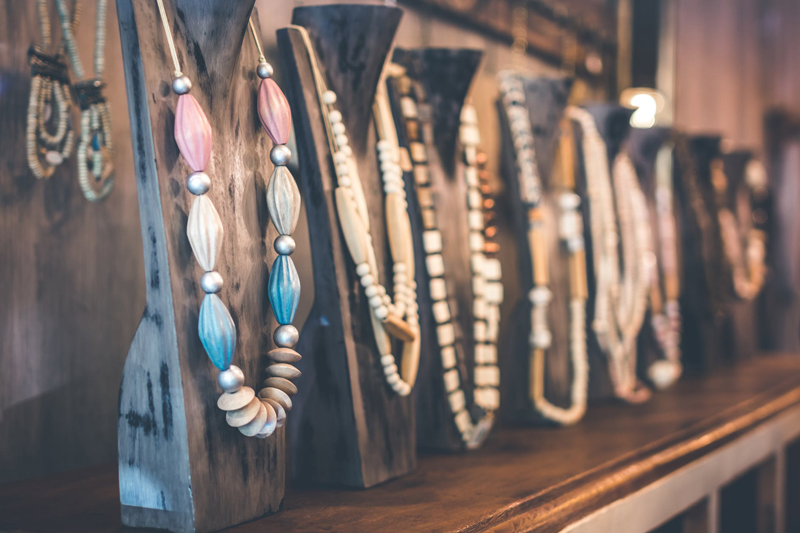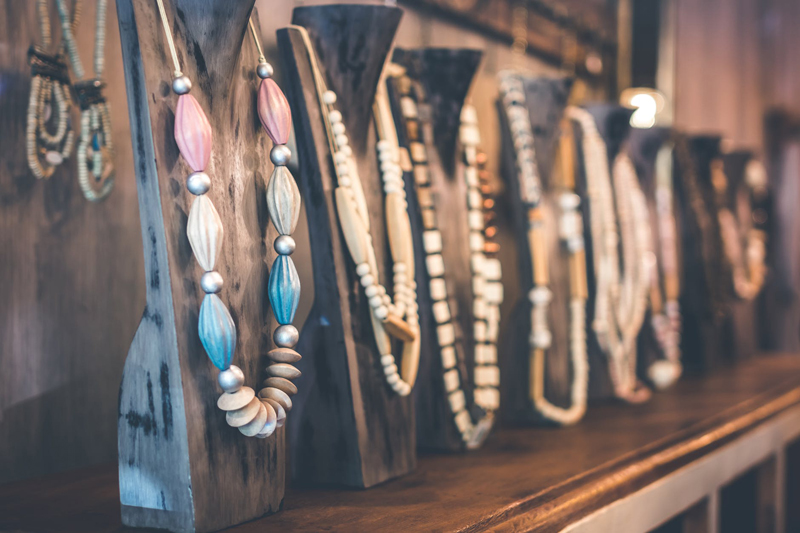Pearl Bead Terminology and Shapes


You may have noticed that prices for pearl beads vary pretty widely. At bead shows, you can often find entire strands of dyed freshwater pearls for under three dollars each. If you look around, you can find similar offers from many online suppliers and resellers on eBay.
On the other hand, you'll also find pearl beads that are noticeably much more expensive. Some of the pricier pearls have unusual shapes and larger size, but with others, the difference between them and the more affordable pearls may not be so apparent. You can better understand the pricing and quality of pearls, and make the best purchasing decisions, if you have a working knowledge of some key pearl terminology.
Natural Pearls versus Cultured Pearls
As we learned in an earlier article in this series, natural pearls are extremely rare and exceedingly expensive. Beware of any affordable pearls you see for sale that are labeled "natural." They may have natural color, but they most certainly were cultured by humans.
Sea Pearls versus Freshwater Pearls
Pearls cultured in seawater have better luster and, usually, more consistent shape and smoother texture than freshwater pearls - however, sea pearls are much more expensive than freshwater pearls. Some higher quality freshwater pearls have nicely consistent shapes and relatively smooth surfaces, but their luster is not as deep and iridescent.
Mother of Pearl
Mother of pearl is the layer of nacre that naturally grows on the insides of mollusk shells. It can be carved into beads and pendants, and it often has a beautiful luster just as a pearl would have.
Pearl Grades
Seawater Pearl Grading
Pearl beads are commonly labeled with their grade, which is an indication of quality (and, therefore, price). Fine pearls (typically expensive seawater pearls), are often categorized using the AAA-A System. Under this system, the highest quality pearls receive an AAA rating, and the lowest quality pearls received an A rating. AAA pearls are nearly "flawless," with the strongest luster and at least 95% of their surfaces free from defects. AA pearls have slightly lower luster and/or more defects than AAA pearls, but are higher quality than grade A pearls.
Tahitian (black) seawater pearls are often graded based on an A-D System, which is similar to the AAA-A System except that the highest quality pearls receive an A grade and the lowest quality receive a D. Pearls that would rank below D grade are not considered suitable for jewelry making.
Freshwater Pearl Grading
Freshwater pearls are typically labeled by grade, too. Available grades range from AAA (extremely high quality) to D (low quality). You are not likely to find AAA-grade freshwater pearls at a bead store; the most popular grades for casual jewelry making are B through D.
A-grade freshwater pearls have thicker layers of nacre than lower grades, and they tend to have some noticeable luster. They also have more consistent shape, which is often a roundish oval or "potato." Their surfaces have ripples and blemishes, but they are relatively minor. A-grade pearls are typically not dyed.
D-grade freshwater pearls have little or no luster, uneven surfaces, and more variation in size from one bead to the next than do the higher grades. They are often dyed in beautiful colors, making them more attractive and useful for fashion-forward designs. Keep in mind, however, that dye may rub or wear off of some pearls, and their hole sizes may be very small or inconsistent.
Popular Pearl Bead Shapes
Here are some of the most common pearl bead shapes offered by suppliers. When you shop, check the locations and directions of the drill holes to make sure they are appropriate for your design (for example, long stick-shaped pearls may be drilled near the tops, at the center, or even lengthwise).
Round |
Petal |
Oval or Potato |
Keshi or Seed |
Stick or Biwa |
Coin |
Button or Flat Sided Round |
Flat Square or Rectangle |
~~ Browse for pearl beads on eBay~~
Chris Franchetti Michaels is a writer and jewelry artisan specializing in beaded designs, wire work, and metal fabrication. She is the author of the books Teach Yourself Visually: Jewelry Making and Beading, Beading Quick Tips, and Wire Jewelry Quick Tips. Visit her website BeadJewelry.net for more jewelry-making help and inspiration.
You Should Also Read:
Pearl Jewelry Project Book Review
Introduction to Pearl Beads
Advanced Beadwork by Ruth F. Poris - Book Review

Related Articles
Editor's Picks Articles
Top Ten Articles
Previous Features
Site Map
Content copyright © 2023 by Chris Franchetti Michaels. All rights reserved.
This content was written by Chris Franchetti Michaels. If you wish to use this content in any manner, you need written permission. Contact Susan Mendenhall for details.











